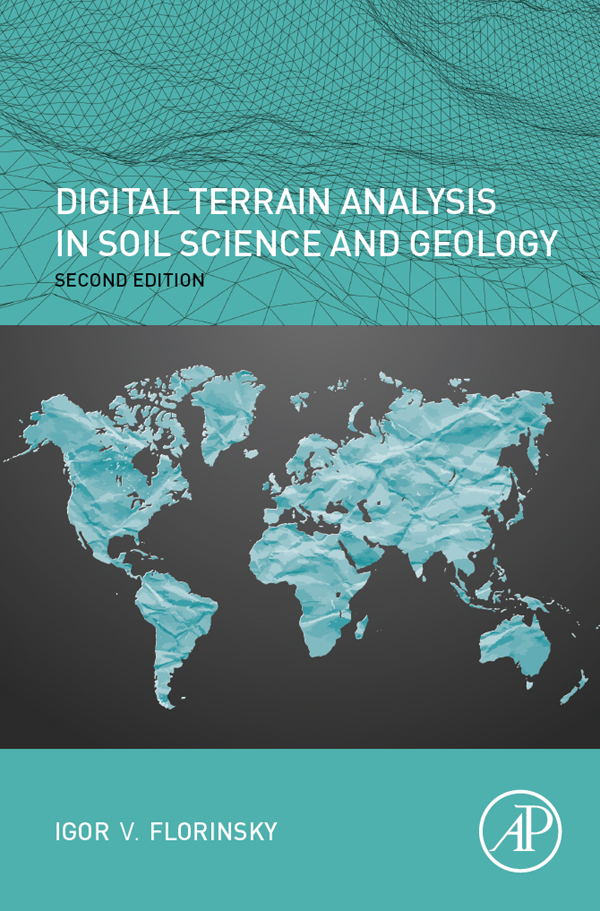|
en ru |
Topographic
index (TI)* takes into account data on catchment area and slope
gradient:
where
CA and G are catchment area and slope gradient, respectively. Topographic
index is a measure of the extent of flow accumulation at the given point of
the topographic surface. As catchment area increases and slope gradient
decreases, topographic index increases. Like other combined morphometric
variables, topographic index can be derived from a digital elevation model (DEM) by
the sequential application of methods for local and nonlocal morphometric
characteristics, followed by an arithmetic combination of the results of
these calculations. Example**. A model of topographic index was derived from a DEM of Mount Ararat. CA was
calculated by the Martz–de Jong method adapted to spheroidal equal angular grids; G was calculated by the universal spectral
analytical method. The
model includes 779,401 points
(the matrix 1081 x 721); the grid spacing is 1". The vertical
exaggeration of the 3D model is 2x. The data processing and modelling were carried out using the software Matlab R2008b and LandLord 4.0. |
|
DIGITAL TERRAIN ANALYSIS IN SOIL SCIENCE AND GEOLOGY 2nd revised edition I.V. Florinsky Elsevier / Academic Press, 2016 Amsterdam, 486 p. ISBN 978-0-12-804632-6 |

